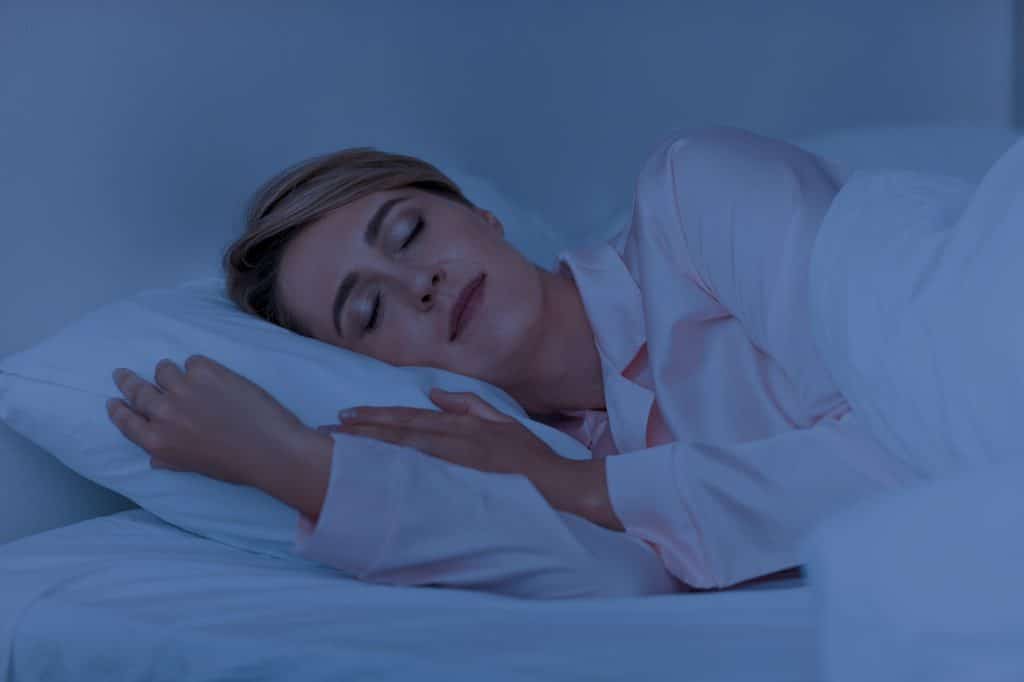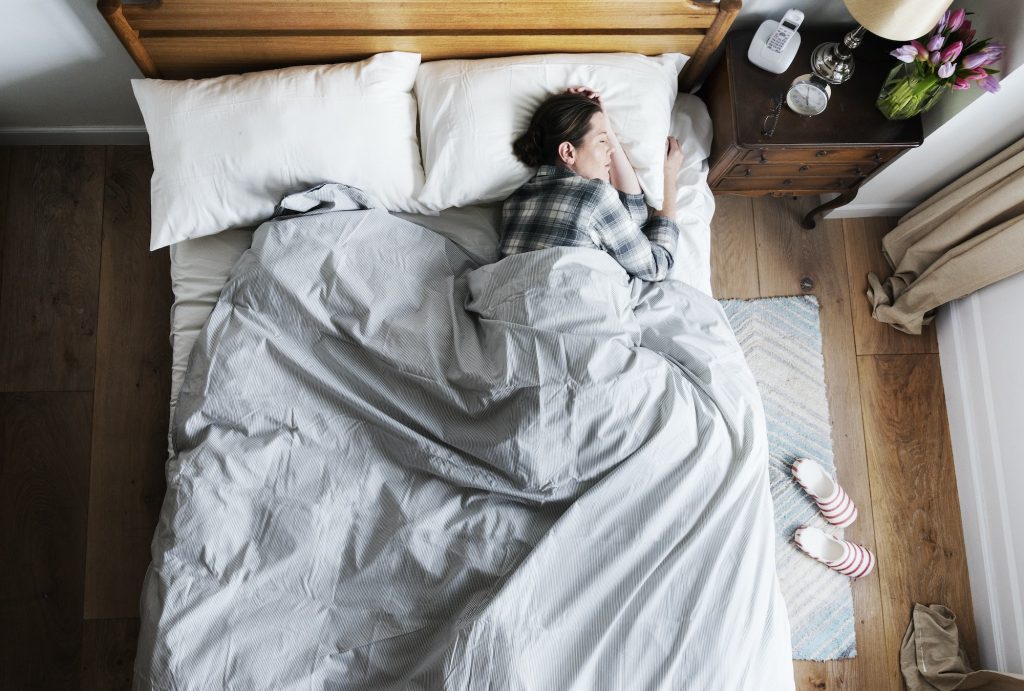Imagine waking up every morning feeling refreshed, energized, and free of back pain. Sounds like a dream, right? Believe it or not, the secret might lie in your sleeping position. The way you curl up under the covers not only affects the quality of your sleep but also plays a pivotal role in your overall posture. In this comprehensive guide, you’ll discover the science behind the best sleeping positions for maintaining a healthy spine. Get ready to dive deep into the world of sleep ergonomics, where each twist and turn can make a world of difference to your day ahead!
Contents
- The Importance Of Good Posture
- How Sleep Affects Posture
- Factors To Consider For Good Sleep Posture
- The Supine Position (Lying on Your Back)
- The Fetal Position
- The Lateral Position (Sleeping On Your Side)
- The Semi-Fowler’s Position
- Combining Positions For Optimal Sleep
- Tips For Transitioning To A New Sleeping Position
- Find The Right Sleeping Position For Your Needs!
- Related
The Importance Of Good Posture

Good posture is more than just standing tall; it’s about aligning the spine and joints to work efficiently and reduce wear and tear. Proper alignment can significantly impact various aspects of health, from reducing back pain to improving respiratory function. A well-aligned posture also aids in digestion, improves circulation, and can even make one appear more confident. Unfortunately, the modern lifestyle, filled with hours of sitting and screen time, often contributes to poor posture.
Unfortunately, ignoring the importance of good posture can lead to a host of health issues, including chronic pain, fatigue, and even problems with the nervous system. The spine is the central support structure for the body, and when it’s not properly aligned, other systems can suffer. Therefore, understanding and maintaining good posture is crucial for long-term health and well-being.
How Sleep Affects Posture

Sleep is a fundamental aspect of overall health, yet its impact on posture is often overlooked. During sleep, the muscles relax, and the spine has a chance to realign itself, making it a prime time to either correct or exacerbate posture issues. A night of poor sleep can lead to muscle tension and imbalances, which in turn can worsen posture problems.
Choosing the right sleeping position can be a game-changer when it comes to maintaining good posture. While it may seem trivial, the way one sleeps can significantly influence spinal alignment and muscle balance. Therefore, understanding the relationship between sleep and posture can be a crucial step in improving both.
Factors To Consider For Good Sleep Posture

When aiming for good sleep posture, it’s not just about the position; several other factors come into play. The quality of the mattress can significantly affect spinal alignment. A mattress that is too soft or too hard can lead to poor posture and back pain. Similarly, the type and number of pillows used can either support or hinder good posture.
Your sleep environment also plays a role in achieving good sleep posture. Factors such as room temperature, lighting, and noise levels can affect the quality of sleep, which in turn influences posture. A conducive sleep environment will not only improve sleep quality but also help in maintaining proper spinal alignment. Now, let’s take a look at a few different sleeping positions and how they can affect posture.
The Supine Position (Lying on Your Back)

Lying on your back, also known as the supine position, is often recommended for maintaining good spinal alignment. In this position, the head, neck, and spine are in a neutral position, which reduces the chances of experiencing pain and discomfort. This position is also beneficial for those with acid reflux, as the head is elevated above the stomach, reducing the likelihood of digestive juices flowing back into the esophagus.
However, the supine position is not without its drawbacks. For instance, it can exacerbate snoring and symptoms of sleep apnea in some individuals. The tongue and soft palate may fall back to the throat, obstructing the airway. Therefore, while the supine position may be ideal for spinal alignment, it may not be suitable for everyone.
The Fetal Position

The fetal position, where one curls up with the knees drawn towards the chest, is one of the most popular sleeping positions. Many find it comforting, and it can be particularly beneficial for individuals with specific conditions like herniated discs. The position allows for a more open joint space in the spine, reducing pressure on the discs. It also mimics the natural curvature of the spine, which can be beneficial for maintaining good posture during sleep.
But like all sleeping positions, the fetal position has its downsides. Curling up too tightly can restrict breathing and limit the natural flow of air through the lungs. Additionally, sleeping in a tightly curled position for an extended period can lead to stiffness and may exacerbate joint or muscle pain. Therefore, if you do choose to sleep in the fetal position, it’s essential to ensure that your body is not too tightly curled.
The Lateral Position (Sleeping On Your Side)

Sleeping on your side, also known as the lateral position, is another common choice for many people. This position can be particularly beneficial for reducing symptoms of sleep apnea and snoring, as it keeps the airways open. The lateral position also allows for better spine alignment compared to sleeping on the stomach, which can help maintain good posture.
Unfortunately, the lateral position can sometimes lead to shoulder pain due to the pressure exerted on one side. It may also cause jaw tightness or discomfort for those with temporomandibular joint (TMJ) issues. To mitigate these potential drawbacks, using a supportive pillow between the knees can help maintain better spinal alignment, and choosing a well-padded mattress can alleviate pressure points.
The Semi-Fowler’s Position

The Semi-Fowler’s position involves sleeping on your back with the upper body elevated at an angle between 30 to 45 degrees. This position is often recommended for individuals suffering from conditions like acid reflux or respiratory issues. Elevating the upper body aids in keeping the airways open and can reduce the risk of snoring and sleep apnea. Additionally, the Semi-Fowler’s position allows for a more natural alignment of the spine, which can be beneficial for maintaining good posture.
However, it’s essential to ensure that the elevation is done correctly to avoid straining the lower back. Using an adjustable bed or a wedge pillow can help achieve the right angle without causing discomfort. If the angle is too steep, it may lead to lower back pain or exacerbate existing issues. Therefore, it’s crucial to find the right balance that allows for both comfort and proper spinal alignment.
Combining Positions For Optimal Sleep

The idea of sticking to just one sleeping position throughout the night may not be practical or beneficial for everyone. Combining different positions can offer a balanced approach to sleep posture. For example, starting the night in the supine position and then switching to the lateral position can combine the benefits of spinal alignment and reduced snoring. This approach allows for the advantages of multiple positions while mitigating the drawbacks of each.
Just keep in mind frequent tossing and turning can disrupt sleep quality. Therefore, finding a balance between changing positions and maintaining a restful sleep is essential. Using pillows to support transitions between positions can help, as can choosing a mattress that accommodates various sleeping postures. This way, you can enjoy the benefits of different positions without compromising on sleep quality or posture.
Tips For Transitioning To A New Sleeping Position

Changing your sleeping position can be a challenging but rewarding endeavor. It’s not just about deciding to sleep differently; it often involves a period of adjustment as the body gets used to the new posture. Using supportive pillows can help ease the transition. For instance, a pillow between the knees can make side sleeping more comfortable, while a supportive neck pillow can enhance the supine position.
It’s also essential to be patient during this transition period. The body may initially resist the change, leading to restless nights. However, consistency is key. Stick with the new position for a few weeks to give the body time to adjust. If discomfort persists, consider consulting a healthcare professional for personalized advice.
Find The Right Sleeping Position For Your Needs!
The importance of choosing the right sleeping position for good posture cannot be overstated. From the supine position’s spinal alignment benefits to the lateral position’s reduction of sleep apnea symptoms, each position offers its own set of advantages and drawbacks. Understanding these can help you make an informed decision about your sleep posture, potentially improving not just your sleep quality but overall health. For those struggling to find the right position or experiencing persistent issues, professional guidance is invaluable. Ultimately, the goal is to achieve a restful night’s sleep while maintaining a posture that supports long-term health and well-being!


